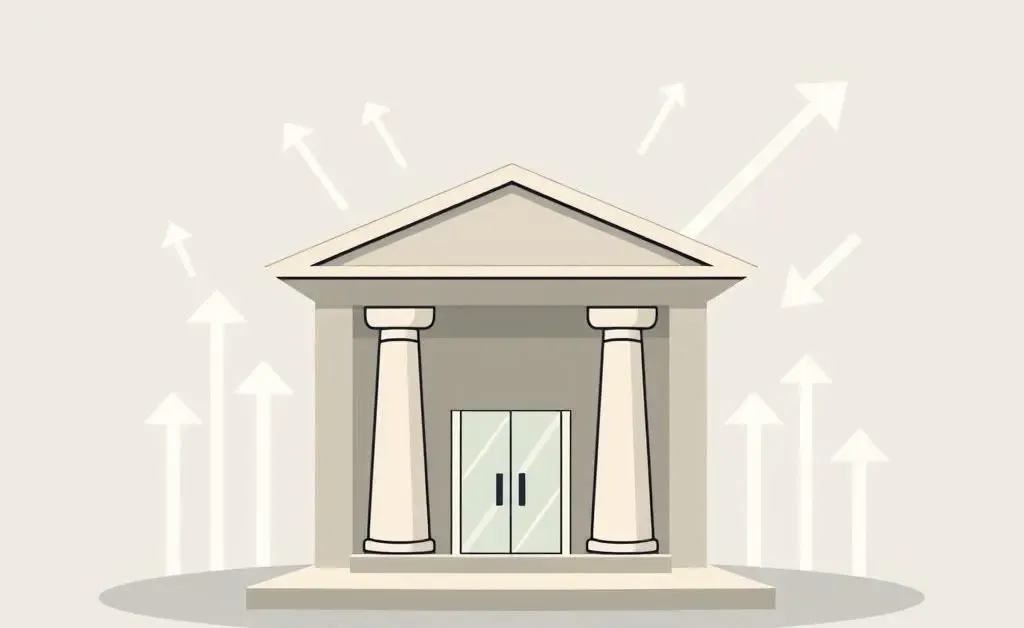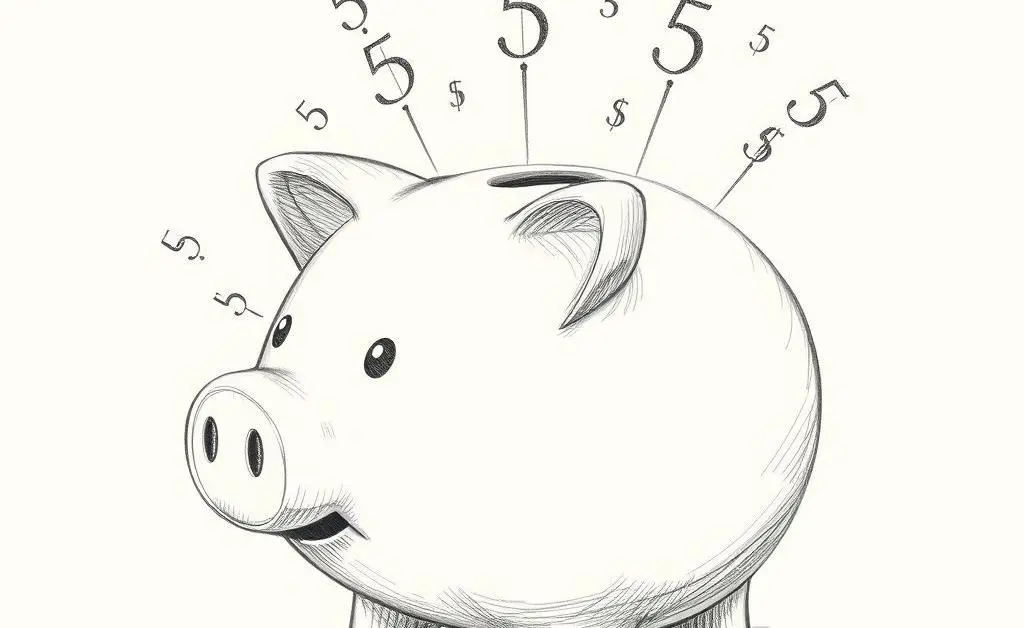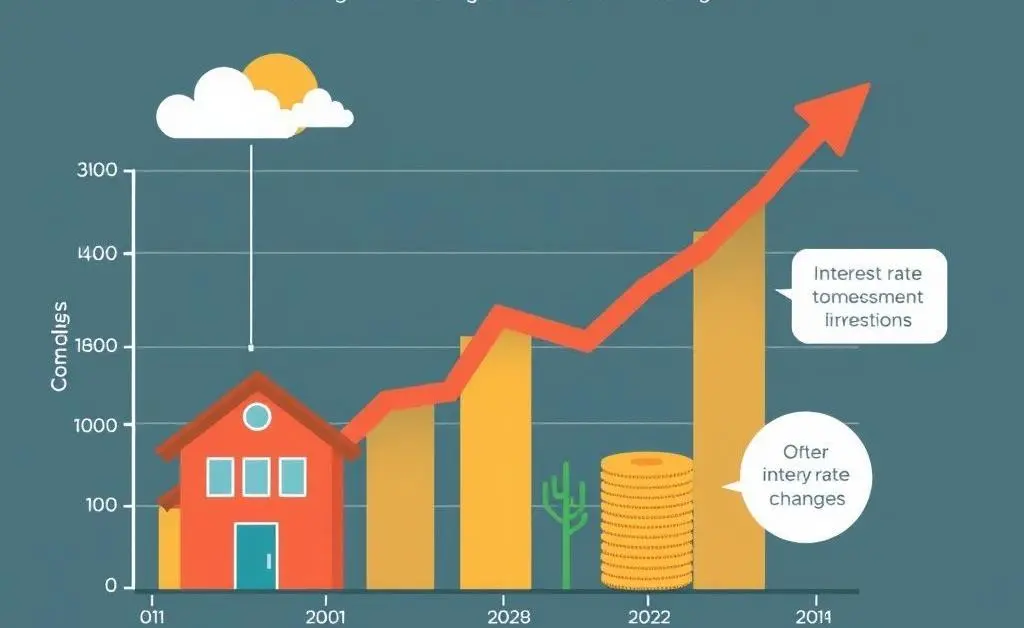Understanding Interest Rate Cuts: A Personal Finance Guide
Explore the impact of interest rate cuts on your personal finance strategy.

Have you ever found yourself sipping a cup of tea, wondering how something like an interest rate cut really affects your finances? Well, you're not alone. In today’s rapidly changing economic environment, understanding the nuances of interest rate cuts can seem as complex as choosing the best tea blend. Let's delve into this topic and make it as relatable as our favorite chat over a warm drink.
What Exactly Are Interest Rate Cuts?
Simply put, an interest rate cut means that the central bank, like the Bank of England, reduces the base interest rate. This rate serves as a benchmark for the interest rates that banks apply to loans and savings. A cut might sound beneficial, but it's essential to grasp how it impacts both borrowing and saving.
How Do Interest Rate Cuts Affect Borrowing?
For those saddled with debts or looking to borrow, a cut in interest rates often means you pay less in interest. This can lower your monthly payments and free up a bit of your budget for other priorities.

However, this doesn't mean you should rush into new borrowing without careful consideration. It's crucial to weigh options wisely and not just base decisions on lower interest rates alone.
The Impact on Savings
On the flip side, lower interest rates can mean that the interest paid on savings accounts is also reduced. This might motivate you to rethink your savings strategy if your piggy bank feels a tad lighter.

You're not powerless in this situation. Exploring options like high-yield savings accounts or even considering some investments may offer better returns during low-rate periods.
Investments and Market Movements
Interest rate changes often ripple through the stock markets, influencing investment decisions. Typically, lower interest rates can stimulate economic growth, motivating investors to seek higher returns in different areas.

It's like a dance where market trends shift, providing opportunities if you dance carefully with your money.
Crafting Your Financial Strategy
Personal finance strategies need to be flexible. Whether it’s making tweaks to your savings plan or re-evaluating which debts to prioritize, understanding the implications of interest rate shifts helps keep your strategy robust and aligned with your goals.
At the heart of it all, communicating and engaging with our financial experts, exploring resources, and staying informed turns uncertainty into opportunity.
In the end, we might not control how interest rates ebb and flow, but we sure can continue learning and adapting, making those moments over tea less about confusion and more about empowerment.
What has been your experience navigating interest rate changes? Let’s keep this conversation going in the comments below.




